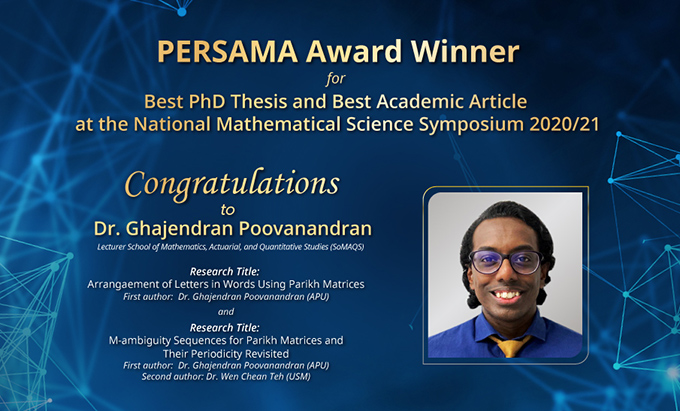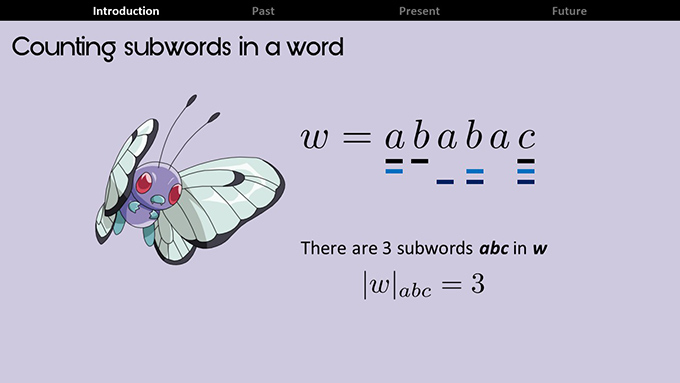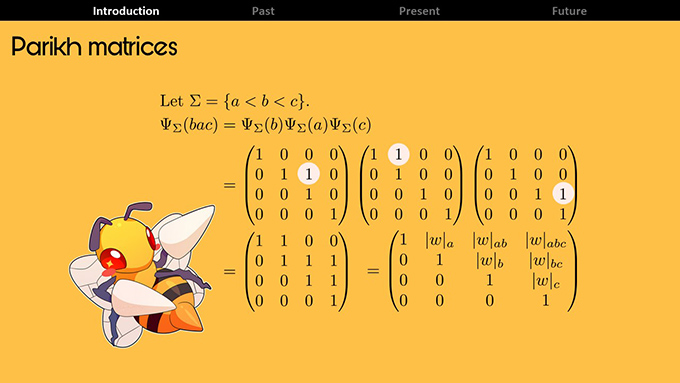You are here
Two PERSAMA Awards Goes To APU Mathematician
Study pure maths for the beauty of words expressed in simple matrices inspired by DNA/RNA structures

Our lecturer Dr Ghajendran Poovanandran from the School of Mathematics, Actuarial, and Quantitative Studies (SoMAQS) was named the PERSAMA Award winner at the 28th National Mathematical Science Symposium 2020/21.
The focus of this conference was on improving learning and teaching techniques & methods, as well as viewpoints, impact, and public interest in mathematical science.
Malaysian Mathematical Science Society (PERSAMA) was established in 1970 by a group of interested members at the University of Malaya (UM).
The association now has a total membership of around 1,300 people consisting of academics and school teachers nationwide excluding students and institutions.
Words expressed in simple matrices
Dr Ghajendran was awarded the ‘Hadiah Sanjungan’ for both awards, Best PhD Thesis and Best Academic Article for his research paper entitled 'Arrangement of Letters in Words Using Parikh Matrices' and ‘M-ambiguity Sequences for Parikh Matrices and Their Periodicity Revisited’.
“I study maths for the beauty of it, not because it is applied somewhere,” said Dr Ghajendran while adding that “using tools like Parikh Matrices, allows us to manipulate and understand structures from a mathematical standpoint.”
He was introduced to Parikh Matrices by his ex-supervisor and co-author Dr Teh Wen Chean from Universiti Sains Malaysia (USM) when he was a newbie seeking research topics for his master’s studies.
Dr Ghajendran and Dr Teh sensed something in 2006, so they further dived deep and proved that the conjecture is false, and their article — ‘M-ambiguity Sequences for Parikh Matrices and Their Periodicity Revisited’ — was born.

Eventually, he grew fond of the topic and worked on it for two more years for a PhD and won the Best Presenter Award during the 4th International Conference on Mathematical Sciences (ICMS4) in 2016.
And until now, Dr Ghajendran is one of the scholars who is actively researching and investigating these interesting matrices since it was introduced by a group of mathematicians in 2001.
All his PhD thesis and research article are works in the field of ‘Combinatorics on Words’ based on the idea that every word in this world can be expressed in the terms of simple matrices called Parikh Matrices.
So, what exactly are the Parikh Matrices? Unfortunately, it is not that simple to be described in a few lines and required a long explanation to truly understand pure mathematics.
Parikh Matrices represents a word by using matrices. In Mathematics, a word is anything that is made up of a sequence of letters.
“Matrix provides numerical counts of subwords in a word, and you are allowed to skip letters in counting the subwords,” he said.
“In this way, the article will not be burdened with mathematical details, and people who are interested will not be left out.”

Dr Ghajendran's future objectives include exploring and working on a paper that investigates Parikh Matrices for circular words which have no beginning nor end (like a necklace) in addition to aiming to publish at least one published article in ISI-indexed journal per year.
“My future research on circular words is inspired by bacteria and viruses since I discovered that certain bacteria and viruses contain circular DNA,” he concluded and thanking APU for providing him with an intellectual platform to pursue his research interest.
“Thank you APU and Dr Rajasegeran Ramasamy (Head of SoMAQS) for continuously pushing us in SoMAQS to produce meaningful research outputs.”


